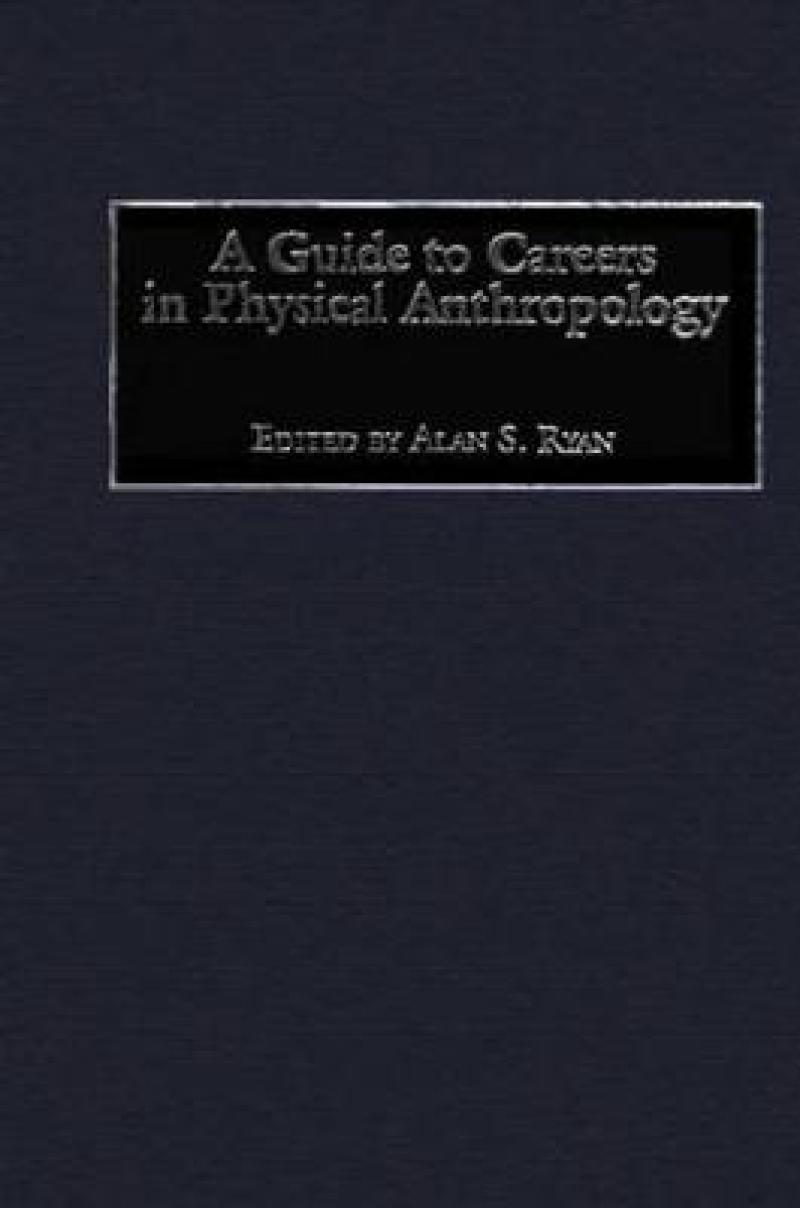The field of physical anthropology deals with issues that everyone thinks about and cares about: our origins, our evolutionary history, and why we look and act the way we do. The field has benefited greatly by increased attention from the media, from popular books, and from several television series. There is a multitude of topics considered by physical anthropologists, including human and primate origins, primate societies, growth and development, genetics, forensic science, and nutrition. Most physical anthropology graduate students have traditionally aspired to research and/or teaching careers at a university. However, during the last decade there has been an increased interest in non-traditional careers outside the ivory tower, primarily because the number of new physical anthropology Ph.D.s exceeds the number of jobs available in anthropology departments.
Because physical anthropology encompasses a variety of research interests, students are broadly trained and have a wealth of talents and skills that make them competitive for non-academic careers. However, pursuing opportunities outside the academy requires thoughtful planning and training. This collection serves as a reference for students contemplating a career in physical anthropology within or outside the academy. Several rewarding career paths that physical anthropologists have chosen are described. Students will understand how anthropological theory, methods, and training are applicable to job responsibilities and career development. This book will also help departments of anthropology design coursework and training programs that will make their students more competitive. In sum, the future of anthropology seems promising given the discipline's broad scope and concern for issues faced by contemporary society, and physical anthropologists will be playing an increased role in many arenas.
Les mer
A reference for students contemplating a career in physical anthropology, this text describes several rewarding career paths that physical anthropologists have chosen. Students will understand how anthropological theory, methods and training are applicable to job responsibilities and development.
Les mer
Introduction by Alan S. Ryan
The Meaning of Physical Anthropology by Alan S. Ryan
Teaching Physical Anthropology in a University: The Traditional Career by Curtis W. Weinker
Teaching Physical Anthropology in the Community College by Philip L. Stein
The Practice of Physical Anthropology in a Museum Environment by Douglas H. Ubelaker
Paleoanthropology at Home and in the Field by Andrew Kramer
Primatology as a Career by Kevin D. Hunt
The Post-Doc Experience--Is There a Light at the End of the Tunnel? by Anne Stone
Krogman, His Cleft Palate Collection, and Me: or, What Can an Auxologist Do Today? by Evelyn J. Bowers-Bienkowski
Teaching Anatomy at a University by Mark F. Teaford
Research Faculty in Medical, Nursing, and Public Health Schools by Stephen T. McGarvey and Gary D. James
Physical Anthropology, Medical Genetics, and Research by Bert Little
Opportunities in Public Health and Internatonal Nutrition by Reynaldo Martorell
Having Fun--A Jock in Two Worlds: Kinesiology and Human Nutrition by Robert M. Malina
Government Research:Links to Biomedicine and Public Health by Ralph M. Garruto
Private Industry:Research for Profit by Alan S. Ryan
Independent Consulting:Making Your Own Rules by Marilyn R. London
Journalism: Bringing Science to the Public by Kate Wong
Forensic Science as a New Arena for a Human Biologist by Moses S. Schanfield
Index
Les mer
The increase in government and private industry employment of physical anthropologists demonstrates the growing need for the skills that these scientists can offer, and the diversity of careers described here represents just the starting point of the possibilities that will become available to physical anthropologists in the future.
Les mer
Produktdetaljer
ISBN
9780897896931
Publisert
2001-12-30
Utgiver
Vendor
Praeger Publishers Inc
Vekt
624 gr
Høyde
235 mm
Bredde
156 mm
Aldersnivå
UU, UP, 05
Språk
Product language
Engelsk
Format
Product format
Innbundet
Antall sider
328
Forfatter
